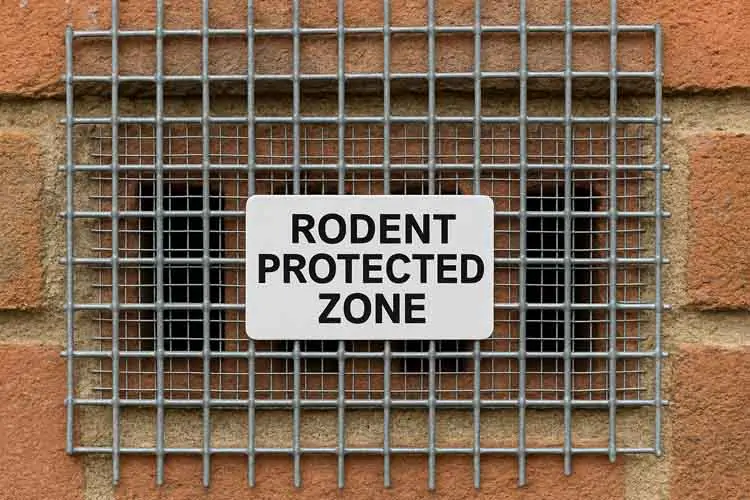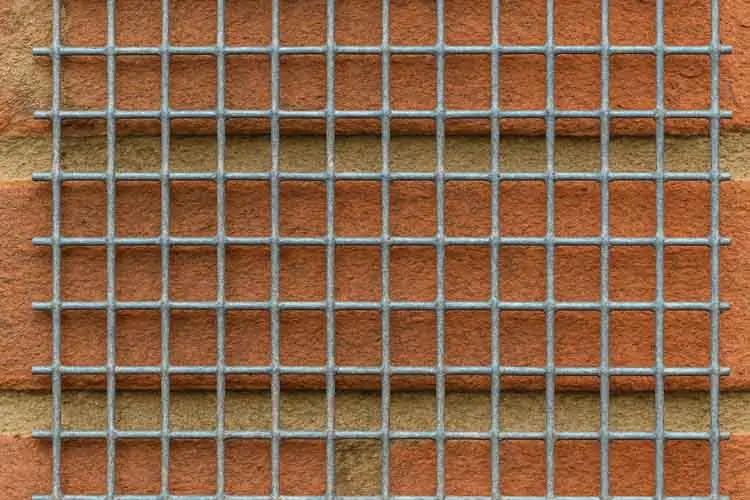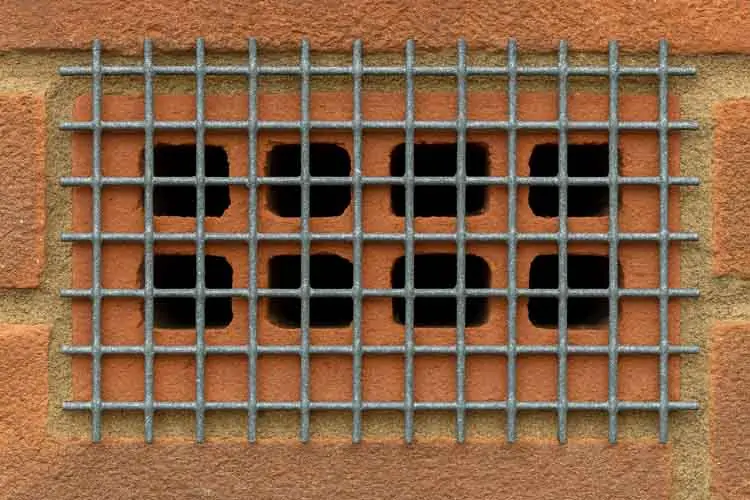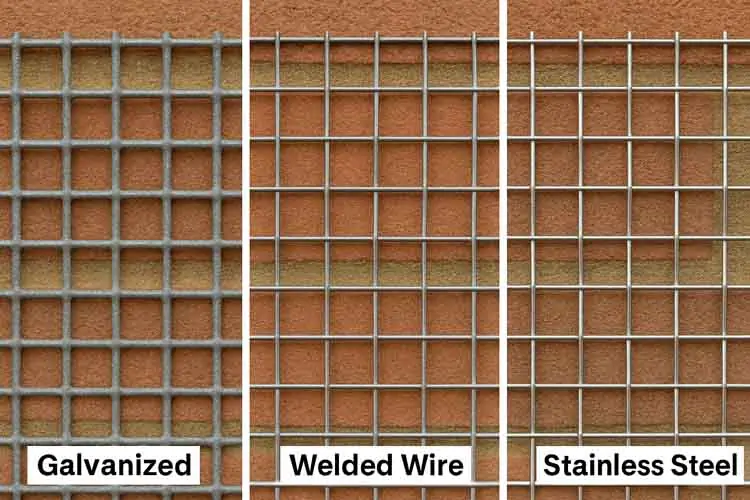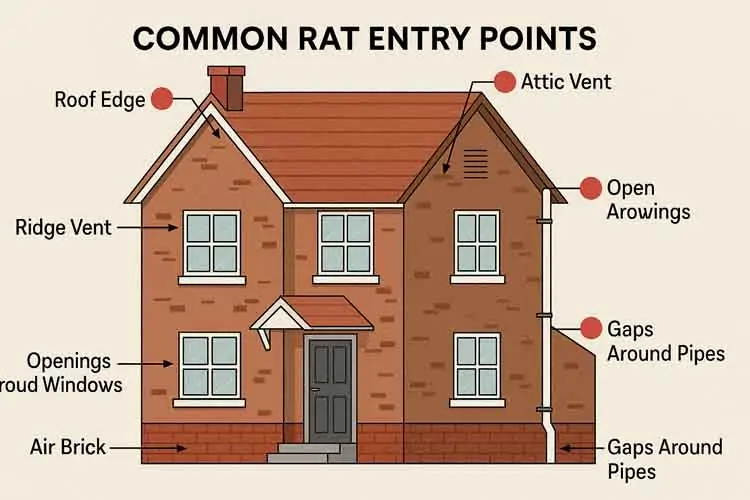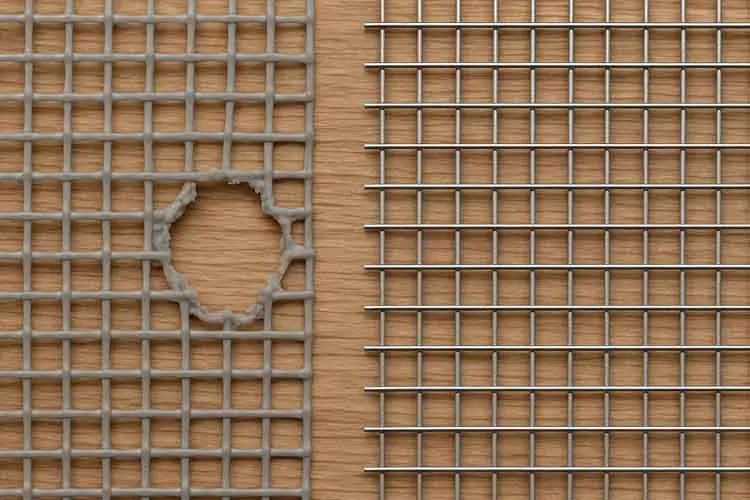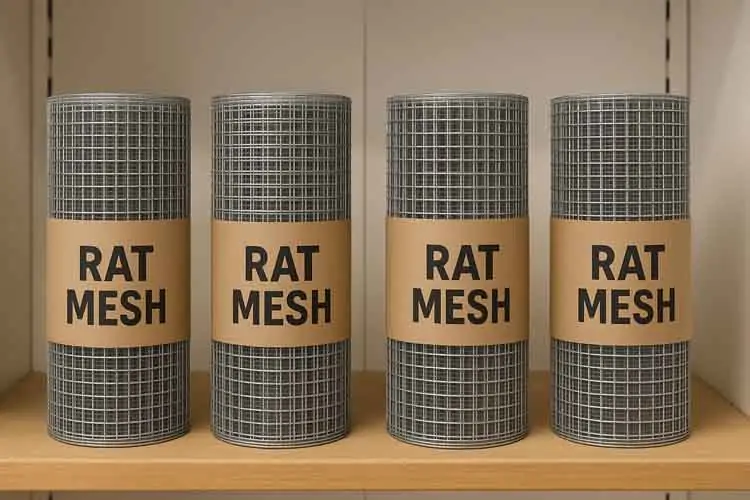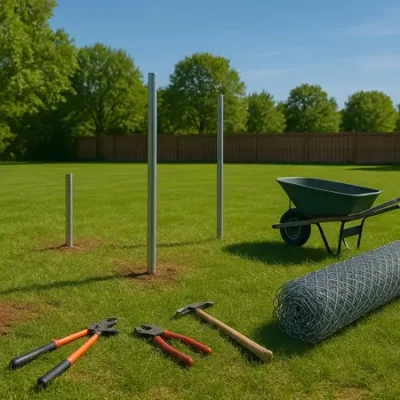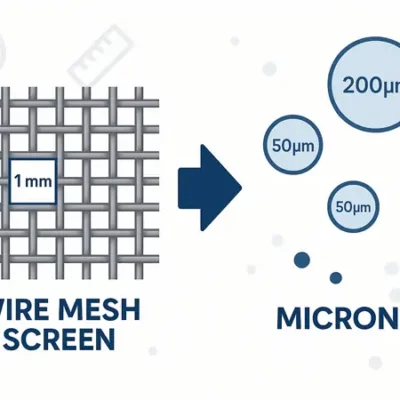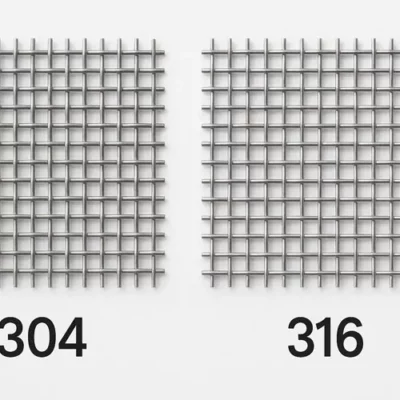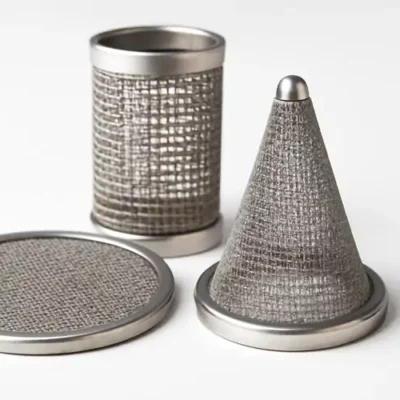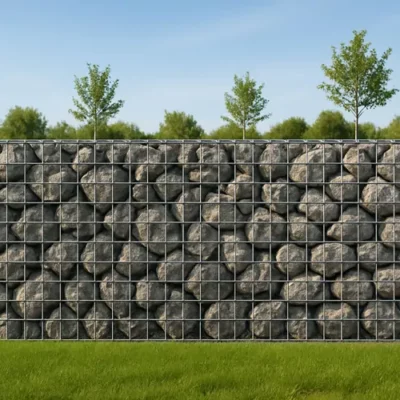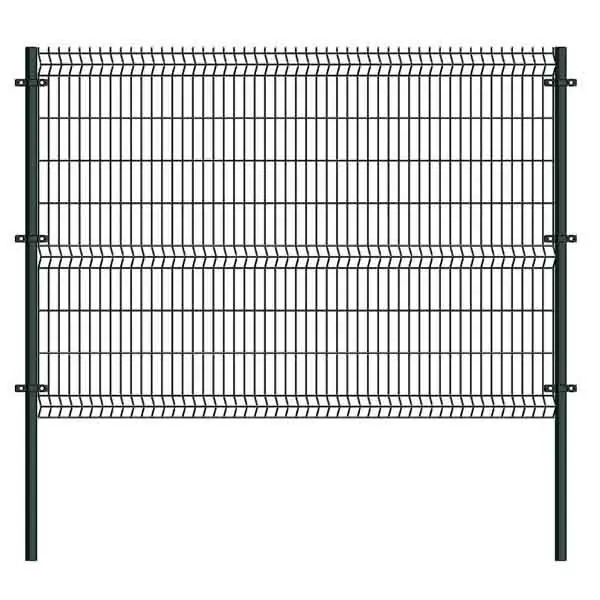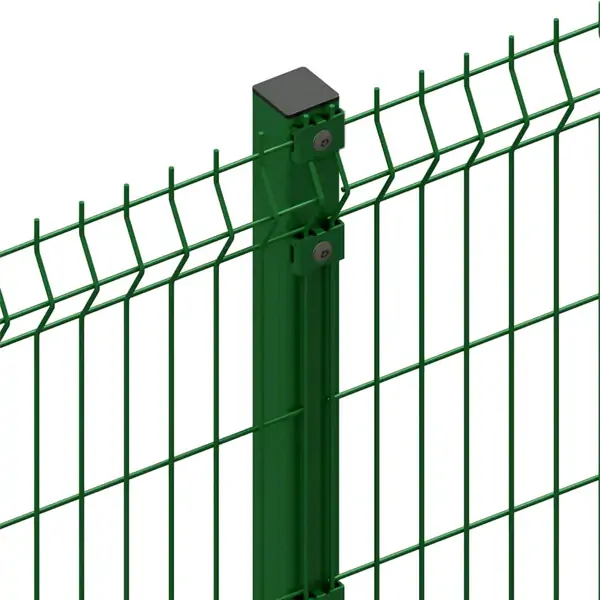Rats are not only a nuisance but also a serious threat to homes, commercial properties, and public health. These persistent invaders can squeeze through tiny openings and cause immense damage to wiring, insulation, and stored goods. Fortunately, rat mesh offers a long-term, humane, and highly effective solution to keep these intruders out.
In this comprehensive guide, you’ll learn everything you need to know about rat mesh—from what it is and how it works to how to choose the right type and install it properly.
Table of Contents
ToggleWhat Is Rat Mesh and Why Do You Need It?
Rat mesh is a specially designed wire mesh that blocks rodents from entering buildings through common access points like vents, air bricks, and wall gaps. It typically has a tight weave or aperture (usually 6mm or smaller) and is made from durable materials like galvanized steel or stainless steel.
Why It’s Necessary:
-
Rodents can squeeze through holes as small as 15mm.
-
They chew through wood, plastic, and even low-grade metal.
-
They spread diseases and pose fire risks by chewing electrical wires.
How Does Rat Mesh Work? (With Real Use Cases)
Rat mesh creates a physical barrier that rodents cannot chew through or bypass. It’s most commonly installed in areas like:
-
Air bricks
-
Soffit vents
-
Pipe penetrations
-
Foundation gaps
-
Crawl spaces and roof eaves
By installing mesh in these high-risk areas, you’re essentially cutting off entry points into your home or facility.
Which Type of Mesh Is Best for Rodent Control?
Choosing the right rat mesh depends on your environment, threat level, and budget. Here are the most common types:
Galvanized Hardware Cloth
Affordable and rust-resistant, this type is ideal for outdoor use and basic home protection.
Welded Wire Mesh
Stronger and more rigid than hardware cloth, this type is perfect for structural installations or commercial spaces.
Stainless Steel or Poly-Coated Mesh
Offers maximum corrosion resistance, making it ideal for wet environments like basements and kitchens.
| Comparison Table | ||||
| Type | Durability | Best Use | Rust Resistance | Cost |
| Galvanized | Medium | Outdoors | Medium | Low |
| Welded Wire | High | Structural | Medium-High | Medium |
| Stainless Steel | Very High | Damp areas | Very High | High |
What Size Mesh Keeps Rats Out?
The recommended mesh aperture for rat control is 6mm (1/4 inch) or smaller. Anything larger may allow young or small rats to squeeze through.
Mesh gauge (thickness) also matters. Thin wire is more susceptible to chewing, while thicker mesh (19 gauge or higher) provides better protection.
Where Should You Install Rat Mesh? (Don’t Miss These Spots!)
To completely block rodents, consider installing rat mesh in these high-priority locations:
-
Air bricks (especially near ground level)
-
Under roof tiles or soffits
-
Around pipe inlets/outlets
-
Drainage vents and fan covers
-
Crawl space or basement windows
How to Install Rat Mesh – A Step-by-Step Guide
Tools and Materials Needed:
-
Wire mesh roll (6mm aperture)
-
Tin snips
-
Screwdriver or drill
-
Screws or masonry anchors
-
Weatherproof sealant
-
Gloves and safety goggles
Step-by-Step Instructions:
Step 1: Measure the Area
Use a tape measure to determine how much mesh you’ll need.
Step 2: Prepare the Surface
Clean off any debris and remove old mesh or coverings.
Step 3: Cut the Mesh
Use tin snips to cut the mesh to size. Always wear gloves.
Step 4: Attach the Mesh
Screw the mesh in place or embed it into mortar or wall gaps.
Step 5: Seal the Edges
Apply weatherproof sealant or caulking around the perimeter.
Step 6: Inspect the Installation
Look for any gaps or potential weak spots.
Will Rats Chew Through Wire Mesh?
Rats are excellent chewers, but they cannot chew through strong metal mesh, especially:
-
Galvanized steel (with thick gauge)
-
Welded wire mesh
-
Stainless steel mesh
Avoid plastic mesh or loosely woven products, as these can be destroyed within hours.
Can Rats Get Through Air Bricks?
Yes—air bricks are one of the most common entry points for rats. These ventilation openings often have large holes or degraded covers that rodents easily exploit.
Installing rat mesh over air bricks provides a breathable yet chew-proof barrier.
Where to Buy Quality Rat Mesh (And What to Look For)
Where to Buy:
-
Online stores like TheMeshCompany, TWP Inc., or hardware suppliers
-
Specialty fencing and mesh suppliers
-
Local DIY stores
What to Look For:
-
Aperture size (6mm or smaller)
-
Material (galvanized or stainless)
-
Rust-proof coating
-
Roll width and length options
-
Warranty or ISO certification
Expert Tips to Keep Rats Away Permanently
Rat mesh works best when paired with good prevention habits:
-
Seal all wall and floor gaps with mortar or steel wool
-
Store food in sealed containers
-
Avoid clutter and organic debris near foundation
-
Schedule routine inspections every 3–6 months
For businesses or high-risk areas, consider hiring a licensed pest control team for an integrated solution.
FAQs About Rat Mesh
Can rats chew through galvanized mesh?
Not if it’s 6mm aperture and 19 gauge or stronger.
Does rat mesh block airflow?
No, it’s designed to allow ventilation while blocking rodents.
Is it a DIY-friendly product?
Yes! With basic tools and precautions, homeowners can install it themselves.
How long does rat mesh last?
Galvanized mesh can last 10–15 years; stainless steel even longer.
Final Thoughts – Is Rat Mesh Worth the Investment?
If you’re dealing with recurring rodent issues or want to prevent infestations altogether, rat mesh is one of the most effective, affordable, and non-toxic solutions available. It serves as a one-time barrier that protects your property for years.
Whether you’re a homeowner, contractor, or facility manager, investing in quality rat mesh is a smart move toward long-term peace of mind.
📌 Need help choosing the right mesh for your project?
[Contact our experts] or [Request a free quote] today.

